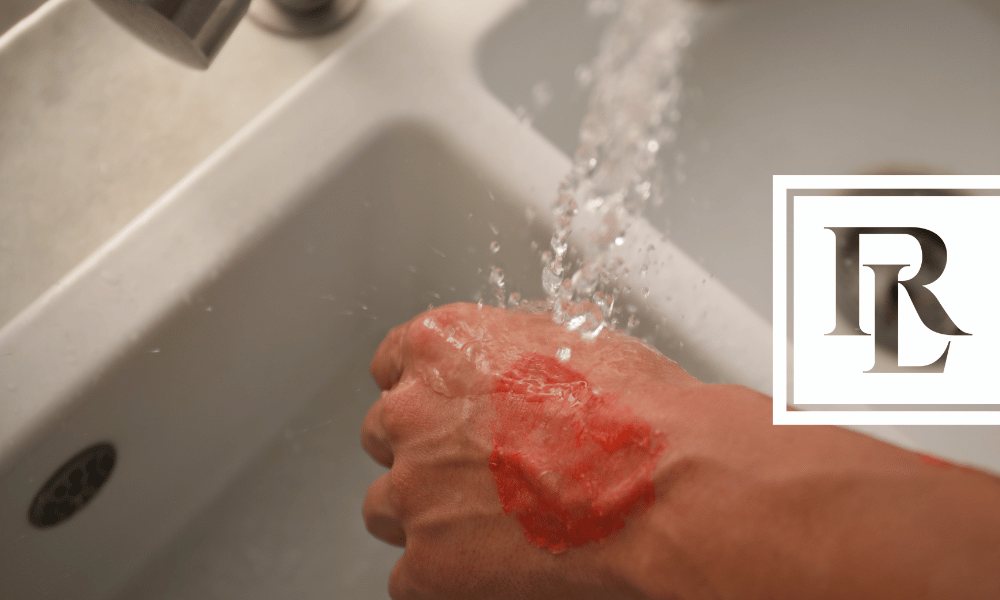No employer or worker wants to see workplace injuries or illness from an accident at work. While the law requires that all workplace injuries that cause illness or injury be documented, the National Safety Council also recommends that your company document any safety incident that might have led to an accident or injury, even if no injury occurred. Doing a thorough investigation and review of any near-miss incident is the best way to prevent future accidents.
Here are the steps the National Safety Council recommends for documenting safety incidents, regardless of whether an illness or injury resulted:
- Evaluate and document the scene:
- Get to the site as quickly as possible.
- Ensure the area is safe to enter.
- Make sure the injured/ill person is receiving first-aid or medical attention.
- Identify any witnesses.
- Record the scene with photos (ideally with date and time stamp) or sketches.
- Safeguard any evidence.
- Establish what happened.
- Investigate the safety incident:
The investigation should answer six questions: Who, What, When, Where, Why, and How. Determining the answers of all six questions will help explain the event and point to ways to prevent future occurrences. - Interview people involved in the incident:
Interview all people involved and look for all the causes. Avoid blaming anyone involved, even if an individual admits to causing the event. Investigate every element including but not limited to procedures, supervisor’s directives, training, machinery, and weather. Your organization’s incident and/or near-miss reporting forms should include guidance on this process. - Document the details of the incident:
Properly document all incident investigations, using your organization’s approved investigation form. This form should be easy to understand and complete so that it is simple to remember what questions to ask. Once it is completed, file and retain it in chronological order. - Protect privacy:
Investigation reports should not to be released to anyone without proper authorization, so that the privacy of all involved is protected. - Review investigations:
Before attending the next safety committee meeting, review all incident and near-miss investigations that have occurred since the last safety committee meeting. This will help the committee identify ways to prevent future incidents.
OSHA Reporting
For any workplace injury or illness, organizations are generally required to complete several OSHA (Occupational Safety & Health Administration) forms as well. You or the relevant employees should have a full understanding of OSHA requirements, as well as the needed forms on hand, before any incident occurs. This will help protect your organization and your employees from mistakes in record keeping.
The main required OSHA injury and illness forms are:
- 300: Log of Work-Related Injuries and Illnesses.This log of each recordable workplace accident, injury or illness must be kept current, with any incident entered within 6 working days of learning about it.
- 301 (or equivalent): Injury and Illness Incident Report.For each incident, this detailed report must be completed within 7 days of learning about an incident.
- 300A: Summary of Work-Related Injuries and Illnesses.This form summarizes the number and nature of on-the-job injuries and illnesses for a calendar year, compiled from your OSHA accident report forms and logs.
These OSHA forms are not filed with the government. Your organization is required to keep them on file for 5 years, either in paper or electronic format, and make them available for review by OSHA inspectors if requested. If an accident or incident leads to litigation, you should preserve the related reports until all legal action, including appeals, has been resolved. (Note: workplace fatalities require much more stringent reporting, which we do not discuss in this article.)
And remember to follow general privacy guidelines to protect the privacy of employees and individuals involved, especially in any forms and reports that are required to be available for employee review.
You can find detailed information on all reporting requirements, as well as downloadable forms, at OSHA’s website under “Recordkeeping.”
We are committed to helping your organization become as safe as possible by preventing injuries and accidents.
Rob Levine Law specializes in Personal Injury throughout Rhode Island, Connecticut and Massachusetts, as well as Social Security Disability and Veterans Disability throughout the country. As “The Heavy Hitter ®” Rob Levine not only works hard on your case, but also believes in making a positive impact in the communities he serves. Through internal resources, education and volunteerism, Rob Levine Law strives to help prevent accidents, as well as raise awareness around the needs of our elderly and returning veterans. For more information contact us, or call 401.529.1222 or toll free 800-529-1222.





